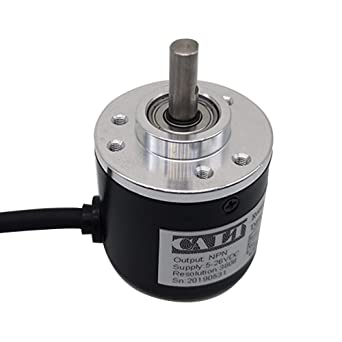Encoders
How does an encoder work? Explain the differences between an encoder and tachometer.

Expand Hint
An encoder is an electro-mechanical device that can help determine the speed or position of a motor, or other moving equipment.
Encoders convert motion to an electrical signal that can be read by some type of control device in a motion control system, such as a counter or a programmable logic controller (PLC). The encoder sends a feedback signal that can be used to determine position, count, speed, or direction. To create a signal, encoders will use mechanical, magnetic, resistive and optical technologies. In optical sensing, the most common form, the encoder provides feedback based on the interruption of light.
Tachometers only determine speed. Encoders measure position (and often speed since it can be derived from position, making encoders more versatile ).
Encoders convert motion to an electrical signal that can be read by some type of control device in a motion control system, such as a counter or a programmable logic controller (PLC). The encoder sends a feedback signal that can be used to determine position, count, speed, or direction. To create a signal, encoders will use mechanical, magnetic, resistive and optical technologies.
Tachometers only determine speed. Encoders measure position.
Time Analysis
See how quickly you looked at the hint, solution, and answer. This is important for making sure you will finish the FE Exam in time.- Hint: Not clicked
- Solution: Not clicked
- Answer: Not clicked